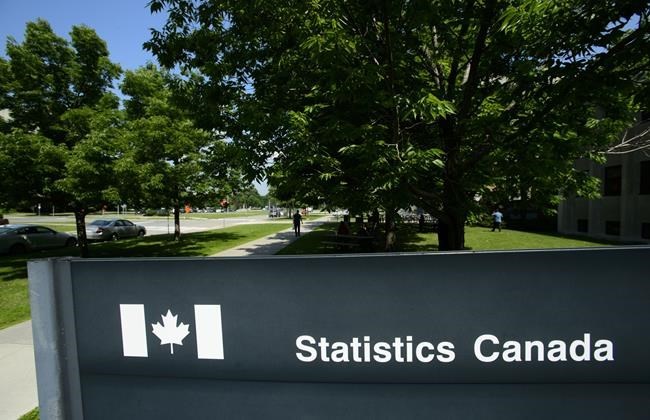OTTAWA — The odds of a June interest rate cut from the Bank of Canada appear to have fallen after the latest jobs report from Statistics Canada showed employment jumped by 90,000 last month.
The jobs gain far surpassed forecasters' expectations and marked the largest employment increase in more than a year.
The federal agency's labour force survey on Friday shows the unemployment rate held steady at 6.1 per cent last month, while the employment gains were driven by part-time work.
James Orlando, TD's director of economics said the headline jobs number was a "real shocker" and that it "wasn't even in the realm of anyone's forecast."
The April employment gain was the largest monthly increase since January 2023.
Friday's report comes as economists have been widely expecting the central bank to begin lowering its policy rate in June or July. The Bank of Canada has been particularly encouraged by progress made on inflation and has signalled that it's inching closer to a rate cut.Â
But the latest employment numbers have made financial markets less certain an interest-rate cut will materialize next month.
TD continues to expect the first interest rate cut in July. Orlando said waiting until July will give the central bank more certainty that it's not cutting interest rates prematurely.
"What that does is just gives the Bank of Canada just a little bit more time to make sure the current economic environment ... doesn't lead to more inflation," he said.
Orlando said the April labour force survey suggests there may have been more economic momentum in the second quarter, which could translate to higher consumer spending.Â
The data showed employment in April increased in professional, scientific and technical services, accommodation and food services, health care and social assistance as well as natural resources. Employment fell in the utilities industry.
Wage growth slowed last month to an annual pace of 4.7 per cent, down from 5.1 per cent in March.
BMO chief economist Douglas Porter also sees Friday's report giving the Bank of Canada "some pause," noting it's reinforcing the point that "the economy is clearly not rolling over."
But Porter said the bank may choose to focus more heavily on longer term trends, which suggest economic slack is rising.Â
Porter said BMO still expects the first interest rate cut in June, but warned the move would require the upcoming inflation report to show significant progress.
Bank of Canada governor Tiff Macklem has generally emphasized trends over one particularly strong or weak economic report.
Looking at the broader picture, it's clear that higher interest rates have taken a toll on economic growth and the labour market.Â
Population growth has outpaced job creation over the last year, which has pushed up the unemployment rate by a full percentage point.Â
Compared with a year ago, unemployment is up across all major demographic groups, with youth taking the largest hit, Statistics Canada said.Â
While Friday's report has shifted expectations, economists say the April inflation report will be the deciding factor when it comes whether or not the Bank of Canada cuts interest rates in June.Â
"If inflation shows another leg downwards, I think it opens the door for them potentially cutting in June," Orlando said about the Bank of Canada.Â
"But they  need to look at things pretty holistically. And the sustainability and the durability of inflation's dropped towards 2 per cent, is predicated on the economy, not picking up too much."
Canada's inflation rate was 2.9 per cent in March, within the central bank's one to three per cent target range. Core measures of inflation, which strip out volatile prices, have also continued to edge down.Â
The Bank of Canada's next interest rate decision is scheduled for June 5. Its key interest rate currently sits at five per cent, the highest it’s been since 2001.
This report by The Canadian Press was first published May 10, 2024.
Nojoud Al Mallees, The Canadian Press

